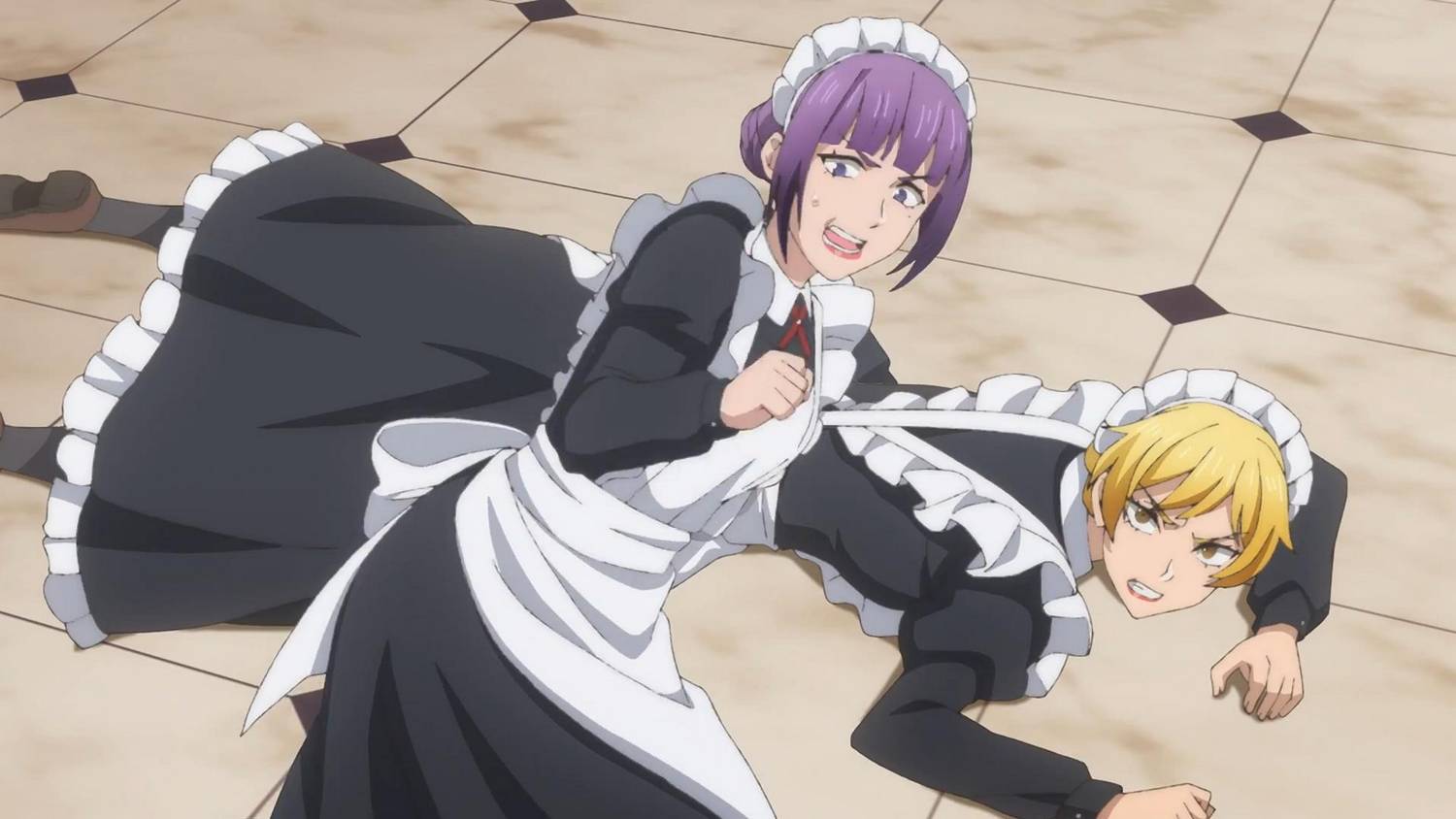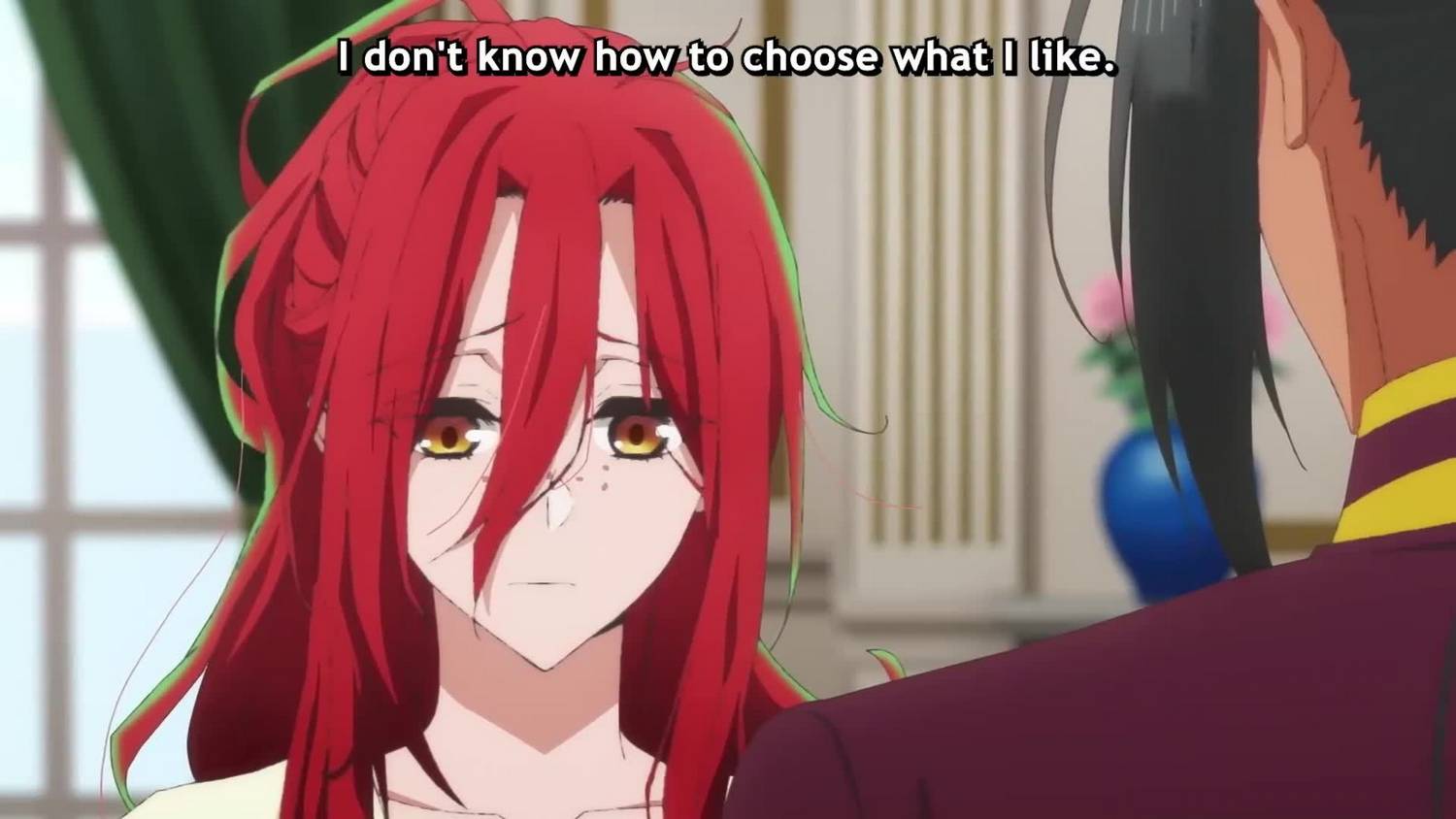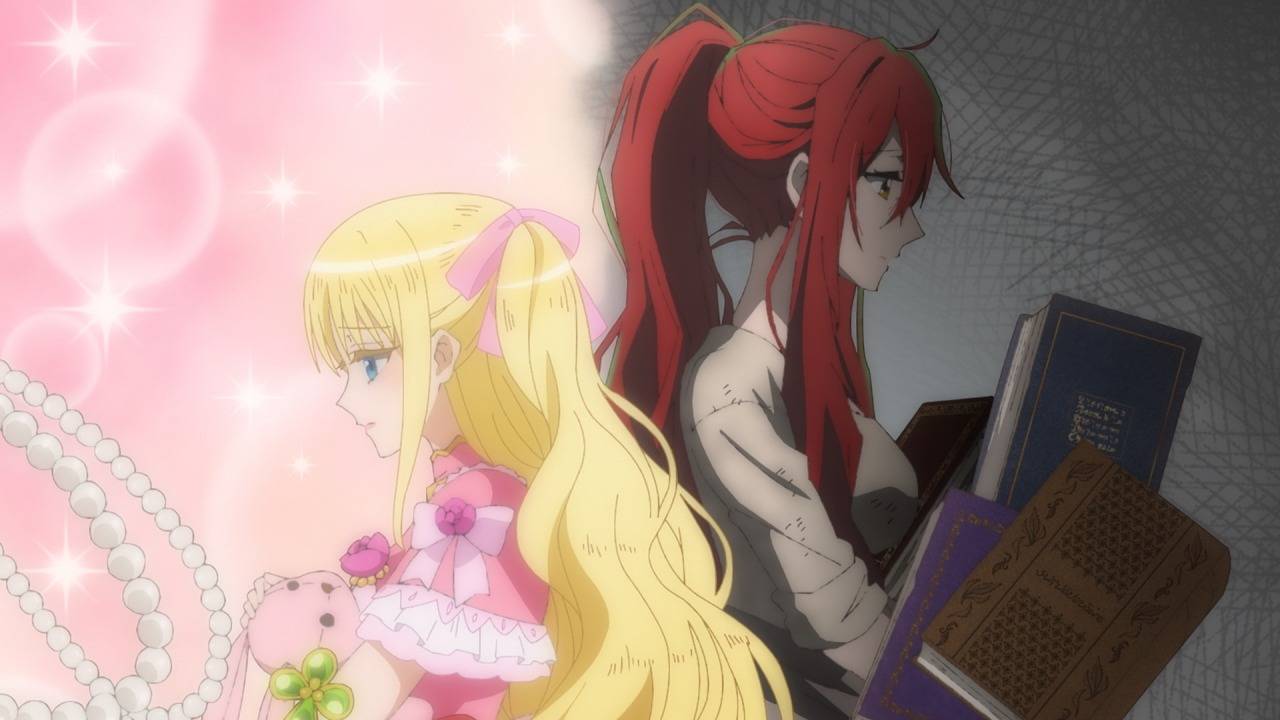A Royal Romance with a Twist: A Critical Look at the Anime, “Betrothed to my Sister’s Ex”
Popular Now
 Free Fire
Free Fire
 Auto X Drift Racing 3
Auto X Drift Racing 3
 Poppy Playtime
Poppy Playtime
 FIFA 23
FIFA 23
 R.E.P.O
R.E.P.O
 Genshin Impact
Genshin Impact
 Grand Theft Auto V
Grand Theft Auto V
 Counter-Strike 2
Counter-Strike 2
 Valorant
Valorant
 EA SPORT FC 25
EA SPORT FC 25
 The Summer 2025 anime season was packed with high-profile releases, but one title that quietly carved out a dedicated following was the romantic drama, “Betrothed to my Sister’s Ex.” Adapted from the popular light novel series, this show tells a story that, on the surface, appears to be a classic Cinderella trope. However, as the series unfolded and recently concluded its 12-episode run, it became clear that it was attempting to do something more meaningful. This review dives into whether this beloved romance anime successfully transcended its simple premise to deliver a truly impactful and memorable viewing experience.
The Summer 2025 anime season was packed with high-profile releases, but one title that quietly carved out a dedicated following was the romantic drama, “Betrothed to my Sister’s Ex.” Adapted from the popular light novel series, this show tells a story that, on the surface, appears to be a classic Cinderella trope. However, as the series unfolded and recently concluded its 12-episode run, it became clear that it was attempting to do something more meaningful. This review dives into whether this beloved romance anime successfully transcended its simple premise to deliver a truly impactful and memorable viewing experience.
The story follows Marie, a young noblewoman who has been relentlessly abused and treated as a servant by her own family, while her beautiful sister, Anastasia, is doted upon. During her own birthday party, Marie has a chance encounter with the reclusive and handsome Count Kyuros Granado, who is instantly smitten by her kindness. Due to a misunderstanding orchestrated by her parents, Kyuros proposes to Anastasia instead. But when tragedy strikes, Marie is sent in her sister’s place to console the Count, unknowingly stepping into a life she was always meant to have. This setup, while familiar, lays the groundwork for a romance that is less about grand gestures and more about healing and self-discovery.
 A Refreshing Take on the “Cinderella” Trope
A Refreshing Take on the “Cinderella” Trope
For a genre often criticized for its reliance on clichés, “Betrothed to my Sister’s Ex” distinguishes itself by placing a heavy emphasis on psychological healing and personal growth. The male lead, Count Kyuros, is not a typical “prince charming” who simply sweeps the heroine off her feet. Instead, he is a patient and supportive partner who, along with his inner circle, provides Marie with the safe and loving environment she desperately needs. This approach feels more authentic and meaningful than the usual power dynamic found in similar stories. It is a slow, methodical journey of watching a traumatized girl learn to accept kindness and value herself for the first time in her life. This focus on Marie’s emotional well-being is the show’s greatest strength and a primary reason it resonated so deeply with its audience.
However, this is not to say the series is without its flaws. The secondary plot involving Marie’s abusive parents, while initially compelling, occasionally felt cartoonishly evil and lacked nuance. Their motivations, at times, strained believability, and the ultimate resolution of their subplot, while satisfying in a poetic sense, could have been more impactful. Additionally, a late-season plot twist, while providing some interesting drama, felt like a step backward for a character who had made such significant strides in her development, forcing her to confront a personal demon she had already seemingly overcome. This “relapse” in her journey, while a valid storytelling device, felt somewhat manufactured to prolong the conflict.
 The Unconventional Romance and Character Dynamics
The Unconventional Romance and Character Dynamics
The romance between Marie and Kyuros is a slow burn, built on mutual respect and shared interests, particularly their love for the history and culture of Kyuros’ family. This is a refreshing change from the “love at first sight” trope that often dominates shoujo anime. Their interactions are filled with charming moments, awkward misunderstandings, and a genuine sense of affection that builds organically over the course of the season. The supporting cast, particularly Kyuros’s fiercely loyal maid, Mio, and the unexpectedly kind sister, Anastasia, also add significant value to the story, serving as both confidantes and catalysts for the main characters’ growth. The dynamic between Kyuros’s best friend, Luiphon, and Anastasia, in particular, was an unexpected highlight that added a secondary layer of romantic intrigue.
The show’s production quality, while not groundbreaking, is consistently solid. The character designs are appealing, and the art style is clean and vibrant. The voice acting is top-notch, with the lead voice actors masterfully conveying the subtle emotions and vulnerabilities of their characters. The music, while not a major highlight, serves its purpose well, enhancing the more emotional and romantic scenes without being overbearing. It’s a polished production that ensures the audience remains immersed in the world and the characters’ journeys.
Final Verdict: A Wholesome Romance That Earns Its Happy Ending
Ultimately, “Betrothed to my Sister’s Ex” is a heartfelt and surprisingly mature romantic drama that rises above its generic-sounding title. While it has some minor narrative stumbles, its focus on the heroine’s healing and the patient, compassionate nature of the central romance sets it apart from its contemporaries. The show is not a tale of revenge, but one of grace, resilience, and the power of finding a family that truly values you. It offers a deeply satisfying and wholesome viewing experience that leaves you genuinely happy for its characters. For anyone who enjoys a character-driven romance with a strong emotional core, this anime is an absolute must-watch. It’s a testament to the fact that even in a crowded genre, a good story with a focus on genuine human connection can still shine brightly.









